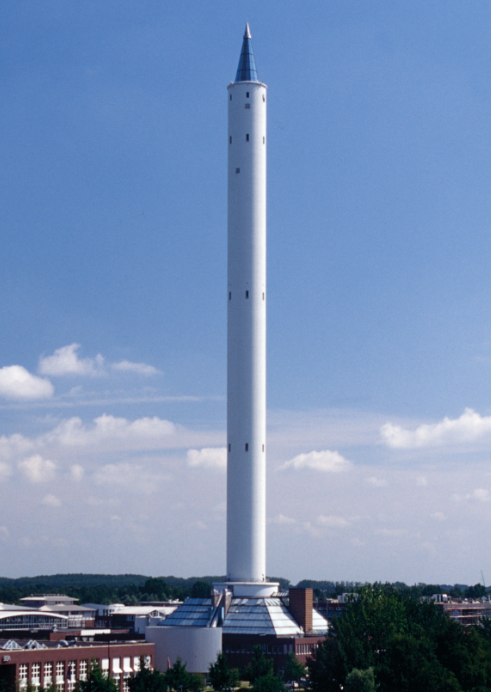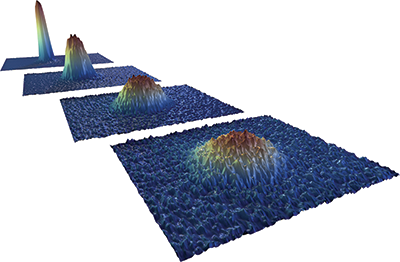Contributors
M. Meister, C. Ufrecht, W. Zeller, A. Roura, W.P. Schleich
Collaborations
The QUANTUS collaboration:
Leibniz Universität Hannover, ZARM/Universität Bremen, Humboldt-Universität Berlin, Johannes Gutenberg Universität Mainz, TU Darmstadt
Funding
Deutsches Zentrum für Luft- und Raumfahrt (DLR)
Bundesministerium für Wirtschaft und Energie (BMWi) under Grant No. 50WM1556 (QUANTUS IV -- Fallturm)


